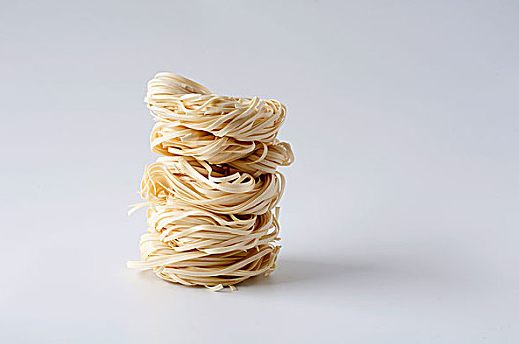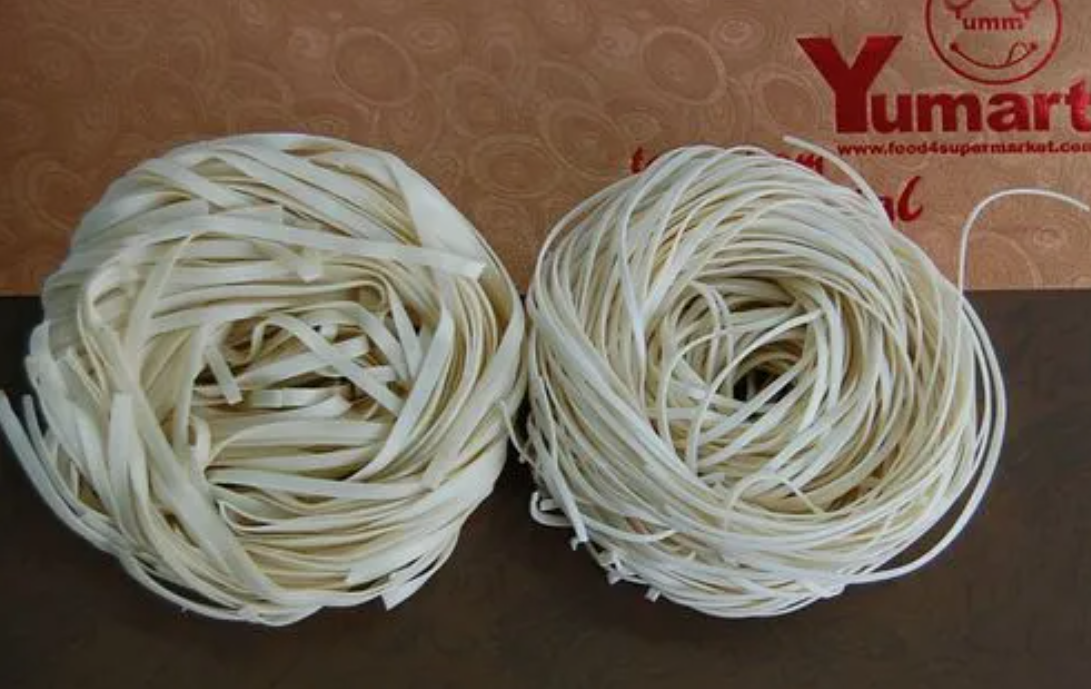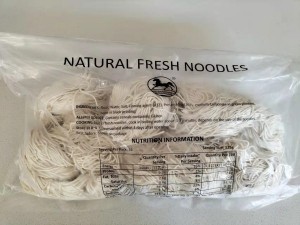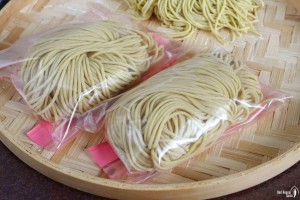Noodles have been made and eaten for more than 4,000 years. Today's noodles usually refer to the noodles made from wheat flour. They are rich in starch and protein and are a high-quality source of energy for the body. It also contains a variety of vitamins and minerals, including essential vitamins that maintain neurological balance, such as B1, B2, B3, B8, and B9, as well as calcium, iron, phosphorus, magnesium, potassium, and copper. These nutrients help keep the body healthy and make people more energetic.
In addition, noodles have a rich taste and can satisfy people's sensory needs for food. The elasticity and chewiness of noodles, as well as the delicious taste of pasta, can bring people a pleasant feeling. And because noodles are simple to make, convenient to eat, and rich in nutrients, they can be used as staple food or fast food, so they have long been accepted and loved by people all over the world.
Now we introduce several hot-selling instant noodles on the market that are suitable for commercial development and large-scale factory produced noodles:
1.Fresh-dry Noodles
Vermicelli noodles have been dried in an oven, and the moisture content is generally less than 13.0%. Their biggest advantages are that they are easy to store and easy to eat, so they are loved by consumers. Whether at home or dining out, dry noodles cook quickly and are easy to carry. This convenience makes dry noodles have broad application prospects in modern fast-paced life.
Dried noodles can be used to make a variety of different dishes, such as soup noodles, fried noodles, cold noodles, etc. Consumers can choose different types of dry pasta according to their own tastes and preferences, and pair them with various vegetables, meats, seafood, etc. to create rich and diverse delicacies.
Production process:



2. Fresh Noodles
The moisture content of fresh noodles is higher than 30%. It has a chewy texture, full of wheat flavor, and contains no additives. It is an instant noodle product that applies traditional hand-rolled noodle technology to industrial mass production.
As consumers' pursuit of healthy diets grows, consumers' pursuit of healthy diets is getting higher and higher. Fresh noodles, as a nutritious, low-fat and low-calorie convenience food, just meet the needs of consumers. Modern people, especially people in large and medium-sized cities, are increasingly fond of raw and wet fresh noodles with natural and traditional flavors. With this comes huge business opportunities.
The fresh noodle industry has gradually become an area of great concern. Fresh noodles are a kind of convenience food based on fresh noodles. They are usually paired with a variety of fresh vegetables, meat, seafood and other ingredients. They are delicious and nutritious.
At present, the development of the fresh noodle industry shows the following characteristics:
1. The market is growing rapidly. In recent years, due to the popularization of healthy food, the fresh noodle industry has shown a rapid growth trend. According to statistics, the market size of the fresh noodle industry continues to expand, with the annual growth rate remaining above 10%.
2. Healthy eating trend. Nowadays, consumers are increasingly pursuing healthy diets. Fresh noodles, as a nutritious, low-fat and low-calorie convenience food, just meet the needs of consumers.
3. The development of frozen and refrigerated food provides opportunities for the market expansion of fresh noodles
With the continuous development of new business models, new business models represented by supermarket chains, large stores and convenience stores will account for an increasing proportion of urban commerce. A common trend in the development of these models is to regard frozen and refrigerated food as the first important business commodity, thus paving a ready road for the fresh noodles market.
Production Process:



3. Frozen-Cooked noodle
Frozen-Cooked noodle are made from grains such as wheat flour and wheat flour. They are kneaded in a vacuum, formed into dough strips, matured, continuously rolled and cut out, cooked, rinsed in cold water, quick-frozen, and packaged (during this process, the seasonings are made into sauce packets and The surface and body are packaged together) and other processes. It can be eaten in a short time after being brewed in boiling water or boiled, thawed and seasoned. The frozen noodles are quickly frozen in a short period of time to achieve the optimal ratio of water content inside and outside the noodles, ensuring that the noodles are strong and elastic, with high hygiene, short thawing time and quick consumption. Under -18C refrigeration conditions, the shelf life is as long as 6 months to 12 months. months.
Currently, the overall growth rate of the frozen cooked noodles category is very fast. There are not many manufacturers focusing on this category, but they are growing very fast. The growth in demand in the B-end catering market has become the most important factor in the outbreak of frozen cooked noodles.
The reason why frozen cooked noodles are so popular on the catering side is that it solves many pain points of catering needs:
Fast meal delivery, noodles cooking speed increased by 5-6 times
For social catering, meal delivery speed is a very important indicator. It has a direct impact on the restaurant's table turnover rate and operating income.
Because the frozen cooked noodles have been cooked during the production process, they are delivered to terminal restaurants for frozen storage. There is no need to thaw when used. The noodles can be boiled in boiling water for 15s-60s before being cooked.
Most frozen cooked noodles can be served in 40 seconds, and the fastest frozen ramen only takes 20 seconds. Compared with wet noodles that take at least 3 minutes to cook, the meal is served 5-6 times faster.
Due to different processing techniques, storage and transportation methods, the direct cost of frozen cooked noodles is slightly higher than that of wet noodles.
But for restaurants, using frozen cooked noodles improves meal delivery efficiency, saves labor, improves floor efficiency, and saves water and electricity costs.
Production Process:

|
Fresh-Dried Noodles |
Fresh Noodles |
Frozen-Cooked Noodles |
|
|
Production Cost |
★★★★ |
★★★★★ |
★★ |
|
Storage and shipping costs |
★★★★★ |
★★ |
★ |
|
Production Process |
★★★ |
★★★★★ |
★★ |
|
Taste and nutrition |
★★★★ |
★★★★★ |
★★★★ |
|
Customer groups |
Supermarket, grocery store, food online stores, etc. |
Supermarkets, grocery stores, Restaurants, chain stores, central kitchens, etc. |
Supermarkets, grocery stores, Restaurants, chain stores, central kitchens,etc. |
Post time: Nov-03-2023
